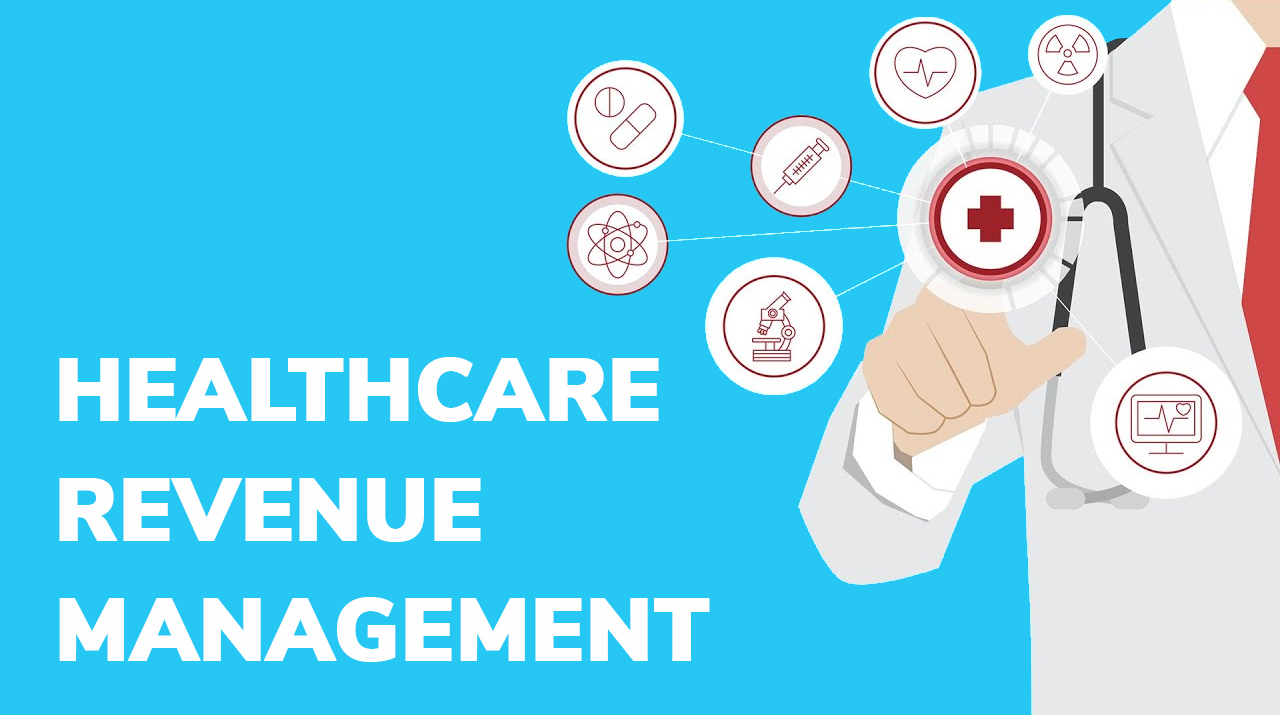Healthcare revenue cycle management involves the administration and management of all financial transactions in healthcare facilities. Some of the key components of healthcare revenue cycle management include patient registration, insurance verification, billing and collection, payment processing, and revenue generation. Cloud-based services reduce the infrastructure and maintenance costs associated with on-premise revenue cycle management systems. Cloud-based models allow efficient sharing of resources and infrastructure, which benefits smaller practices. With the increasing adoption of electronic health records and other digital solutions, cloud services are emerging as a viable option for managing the revenue cycle in a cost-effective manner.
The global healthcare revenue cycle management market is estimated to be valued at US$ 102 billion in 2024 and is expected to exhibit a CAGR of 5.6% over the forecast period 2023 to 2030, as highlighted in a new report published by Coherent Market Insights.
Market Dynamics:
Increased adoption of cloud-based services is a key driver boosting the healthcare revenue cycle management market. Cloud-based models offer pay-as-you-go pricing with low upfront costs, eliminating infrastructure expenses. This makes cloud services an affordable option for small and medium healthcare organizations with limited budgets. Furthermore, cloud platforms ensure seamless data sharing across multiple locations, which facilitates team collaboration. The COVID-19 pandemic has further accelerated the shift to cloud-based revenue cycle management as remote working became essential. With workforces dispersed, cloud solutions enabled the continuation of operations and cashflow management.
Segment Analysis
The Healthcare Revenue Cycle Management market is dominated by the software segment accounting for over 60% share. This is because software forms an integral part of automating revenue cycle processes including claims management, medical billing and coding, and insurance management. The software segment is further segmented into standalone and integrated software. Standalone software that specializes in singular tasks like billing or coding hold majority share due to affordability for smaller healthcare facilities.
PEST Analysis
Political: Regulations related to health information security and privacy like HIPAA compliance make revenue cycle management critical for healthcare organizations.
Economic: Reducing healthcare costs through improved claims processing and denial management is a key driver.
Social: Aging population and growth in chronic diseases are increasing demand for healthcare services.
Technological: Advancements in cloud, AI and automation are helping optimize revenue cycle workflows and enhance productivity.
Key Takeaways
The Global Healthcare Revenue Cycle Management Market Size is expected to witness high growth supported by aging population demanding more healthcare and growth in insurance coverage in developing nations. The global healthcare revenue cycle management market is estimated to be valued at US$ 102 billion in 2024 and is expected to exhibit a CAGR of 5.6% over the forecast period 2023 to 2030.
North America dominates currently attributed to established healthcare infrastructure, Favorable regulatory scenario and early technology adoption. Europe and Asia Pacific are fast growing regions due to government initiatives for modernizing domestic healthcare systems.
Key players operating in the Healthcare Revenue Cycle Management market are Cerner, Change Healthcare, Conifer Health Solutions and McKesson Corporation. Cerner is a prominent player owing to its comprehensive and integrated solutions across the revenue cycle. Change Healthcare holds a significant share through its focused acquisitions and partnerships strategy.
*Note:
1. Source: Coherent Market Insights, Public sources, Desk research
2. We have leveraged AI tools to mine information and compile it




